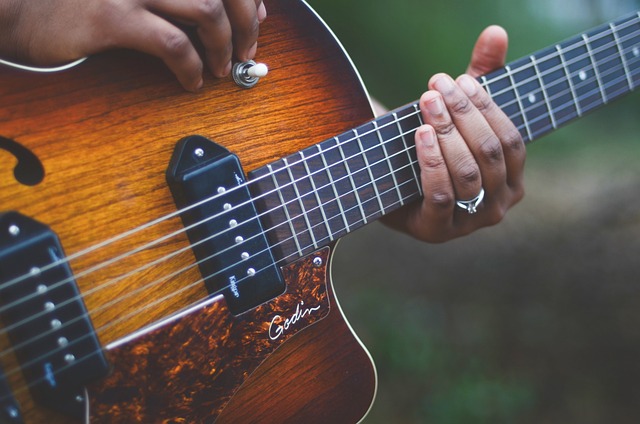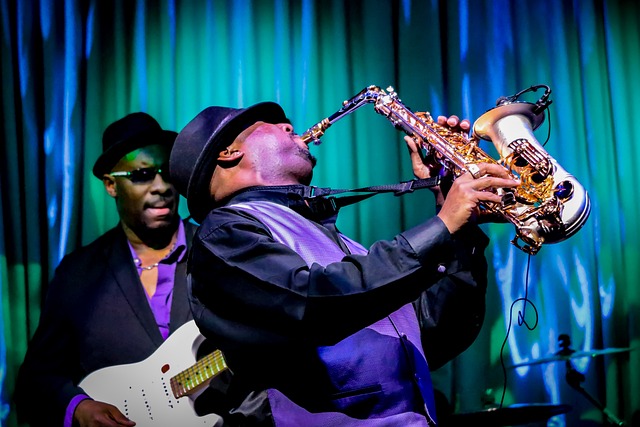The heartbeat of the blues resonates through the strings of guitars, the wail of harmonicas, and the soul-stirring melodies of various instruments that have played a pivotal role in shaping the rich tapestry of blues music. As we delve into the soulful strings that characterize this genre, we uncover the profound impact that instruments have had on the evolution of blues, captivating the hearts of music enthusiasts across generations.
Guitar, the Blues Protagonist:
At the forefront of the blues orchestra stands the guitar, an instrument that has become synonymous with the genre. From the raw, expressive chords of Delta blues to the electrifying riffs of Chicago blues, the guitar has been the protagonist of countless blues narratives. Pioneers like Robert Johnson, with his haunting fingerstyle technique, and B.B. King, with his iconic vibrato-laden notes, have etched their names in blues history by infusing their unique styles into the six strings.

Harmonica, the Blues Harbinger:
The harmonica, a pocket-sized powerhouse, is another integral player in the blues ensemble. Its wailing tones and expressive phrasing have given voice to the pain and joy inherent in blues storytelling. Legends like Sonny Boy Williamson and Little Walter have elevated the harmonica to a position of prominence, with its distinctive sound cutting through the air like a soulful cry.
Bass, the Blues Foundation:
While the guitar and harmonica often take center stage, the bass lays down the foundation upon which the blues narrative is built. The deep, resonant thump of the bass provides the rhythmic heartbeat of the blues, grounding the music in a solid groove. Artists like Willie Dixon, a master of the upright bass, have not only shaped the sonic landscape of blues but also influenced the broader spectrum of popular music.
Drums, the Blues Pulse:
No blues ensemble is complete without the rhythmic backbone of the drums. The heartbeat of the blues is felt through the steady pulse of the drum kit, adding a dynamic layer to the music. Drummers like Elvin Jones and Sam Lay have brought their unique styles to blues, infusing energy and propulsion that drive the emotional intensity of the genre.

Piano, the Blues Virtuoso:
The piano, with its rich and versatile tones, has been a virtuoso in the blues ensemble, adding layers of complexity and sophistication. From the boogie-woogie stylings of Meade Lux Lewis to the soulful blues ballads of Ray Charles, the piano has showcased its ability to both complement and stand alone in the blues narrative, weaving intricate tales of joy and sorrow.
Slide Guitar, the Blues Whiner:
One cannot discuss blues without acknowledging the haunting cry of the slide guitar. The use of a glass or metal slide on the strings produces an otherworldly sound that has become a signature element of the blues. Delta blues legends like Son House and Elmore James, with their slide guitar prowess, created a sound that echoed the desolation and resilience of the human spirit.
Horns, the Blues Horn Section:
In the evolution of blues, the incorporation of horns has added a layer of sophistication and grandeur to the genre. The brass section, with its trumpets and saxophones, has been a key player in both traditional and modern blues arrangements. Artists like B.B. King and Etta James, with their powerful horn sections, brought a new dimension to blues, infusing it with a touch of elegance.

Strings, the Blues Orchestration:
Beyond the traditional blues instruments, the incorporation of strings, such as violins and cellos, has been a less-explored but impactful avenue. Blues artists like Taj Mahal and Keb’ Mo’ have experimented with string arrangements, creating a fusion of blues with elements of folk and Americana, expanding the sonic landscape of the genre.
Modern Innovations, Electronic Blues:
As blues have adapted to the contemporary music landscape, electronic instruments, and innovations have found their way into the genre. From the electric blues of Muddy Waters to the blues-rock experiments of artists like Joe Bonamassa, the evolution of instruments has mirrored the changing times while staying true to the emotional core of the blues.
The soulful strings that define blues music extend far beyond mere instruments; they are the storytellers, the conveyors of emotion, and the architects of a genre that continues to captivate audiences worldwide. As we celebrate the role of instruments in shaping blues music, we recognize the enduring power of these soul-stirring sounds that have transcended time, leaving an indelible mark on the hearts and ears of blues enthusiasts everywhere.
